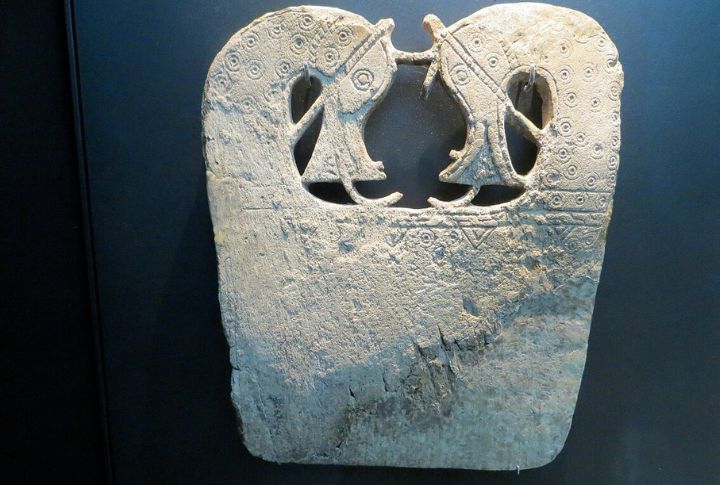
In December 2024, archaeologists from the University Museum of Bergen, led by Søren Diinhoff, uncovered a Viking Age burial site at Skumsnes farm in Fitjar, Norway. This discovery revealed details about Viking communities, particularly the status of Viking women. Let’s unpack the treasures found in the graves and their untold significance.
Location and Context

The excavation was carried out on a farm on Norway’s west coast, an area central to Viking trade and agricultural development. Multiple graves discovered there suggest the area was home to important individuals. Archaeologists believe the site was also a farmstead vital to local commerce and production.
Number of Graves
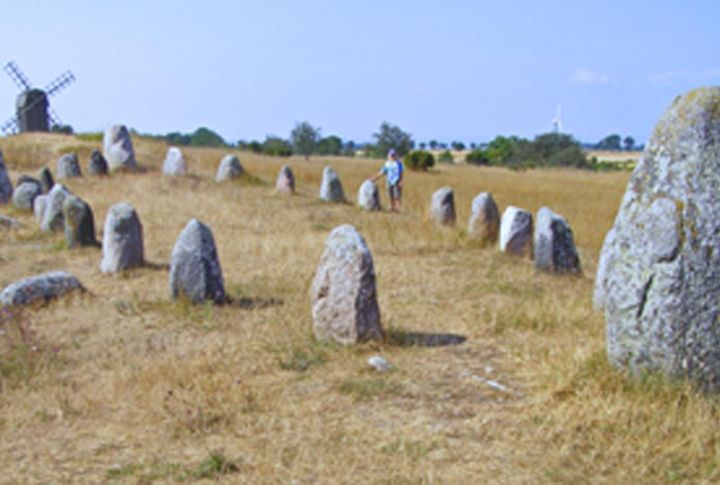
Three graves have been unearthed so far, and estimates project that there could be as many as 20. The grave goods indicate that the occupants were primarily women. Some of the graves are believed to be arranged in a manner that suggests the people buried there were high-ranking members of society.
Grave Contents
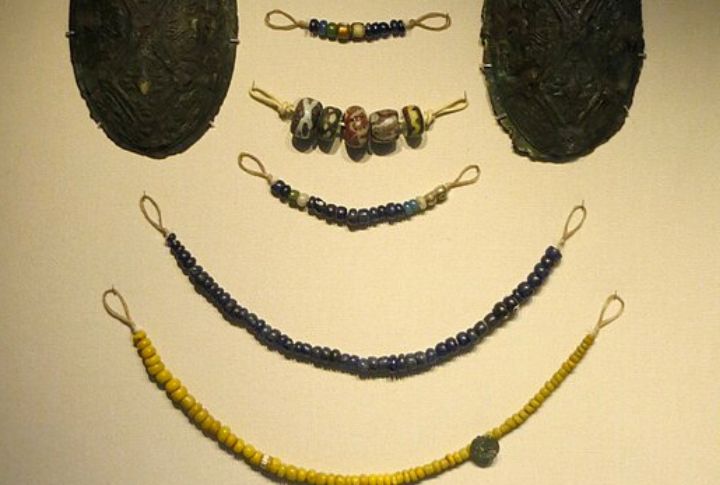
Among the most remarkable discoveries are the numerous grave items, which include jewelry, textiles, and tools. These items suggest that the women buried here were actively involved in textile production, trade, and other domestic activities. Other contents include oval brooches worn by Viking women to fasten their dresses, beads, and other ornaments.
Jewelry Finds
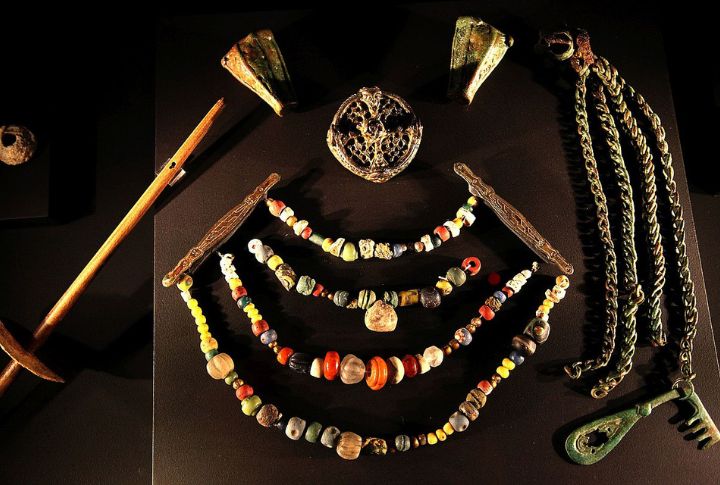
The jewelry found in the graves was of exceptional quality and quantity, offering insights into the fashion and wealth of the time. They include oval brooches, glass beads, and intricate silver jewelry. While most of these articles would have been used for adornment and status display, they demonstrate the craftsmanship of Viking metalworkers.
Notable Coin Discovery
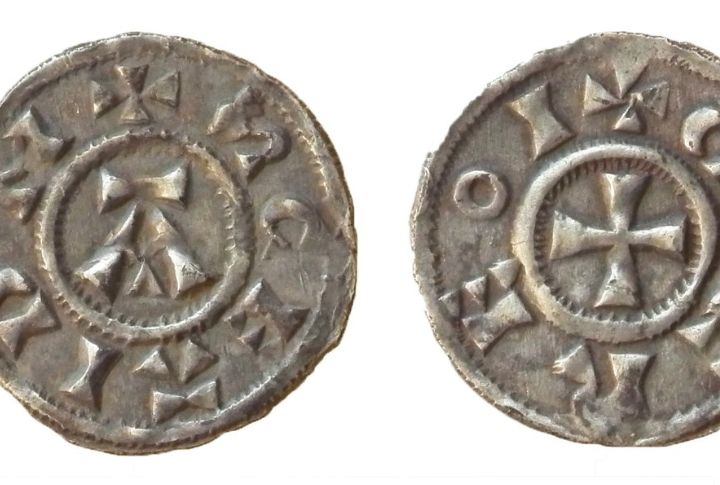
Another important find is a coin believed to have come from key Viking trading hubs, like Hedeby or Ribe. Coins from these areas were highly prized and often used in trade across Europe and the Middle East. Such a coin in a burial site indicates the individual’s high social and economic standing.
Textile Tools
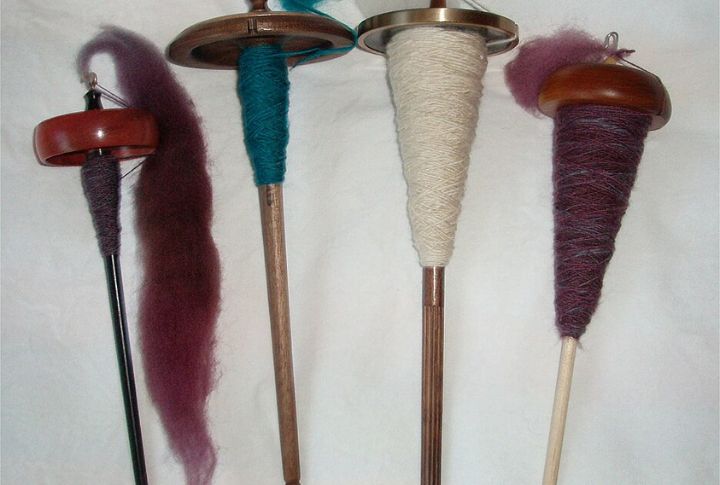
One of the graves contained tools associated with textile production, such as a weaving sword, spindle whorls, and wool shears. Cloth-making was an essential skill in Viking society, mainly carried out by women. Most Viking ladies occupied indispensable economic positions within the society, making textiles for domestic and commercial uses.
Boat-Shaped Grave
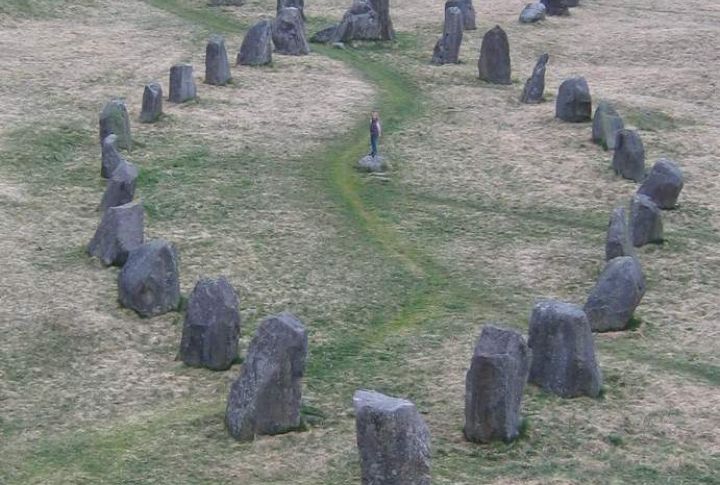
A grave was arranged in the shape of a boat, with stones mimicking the outline of a 13-foot-long Viking ship. This burial practice, reserved for individuals of exceptional rank, demonstrated their belief in the afterlife. Boat-shaped graves depicted that the passed would need boats to move through the hereafter.
Bronze Key

There was also a bronze key found in one of the graves. In most Viking societies, bronze keys symbolized a woman’s role as a housekeeper. The women often had significant control over the home, wealth, and goods. Furthermore, this type of key was given to someone of high standing and authority.
Sacred Stones and Symbols
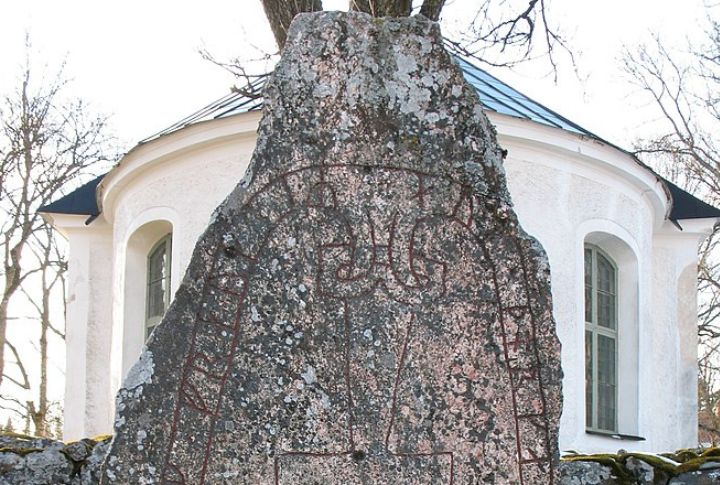
In the boat-shaped grave, a unique stone resembling a female reproductive organ was discovered. According to most ancient beliefs, the stone and its shape represented fertility, womanhood, or the divine feminine. These rare objects were mainly used for rituals, and this stone throws more light on Viking burial practices.
Cultural Connections
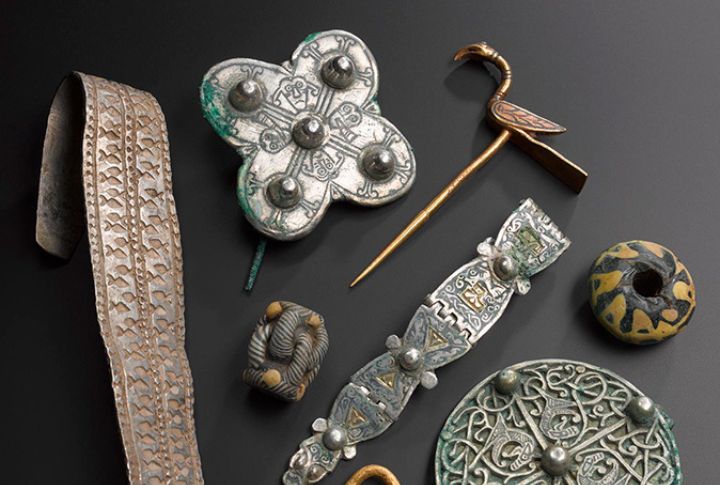
Furthermore, the number of foreign items in the graves indicates that these women had far-reaching connections across Europe. It shows the Vikings’ extensive trading networks, which spanned from the British Isles to the Mediterranean and even the Middle East. Such a vast network puts to rest arguments that the Vikings were isolated.

